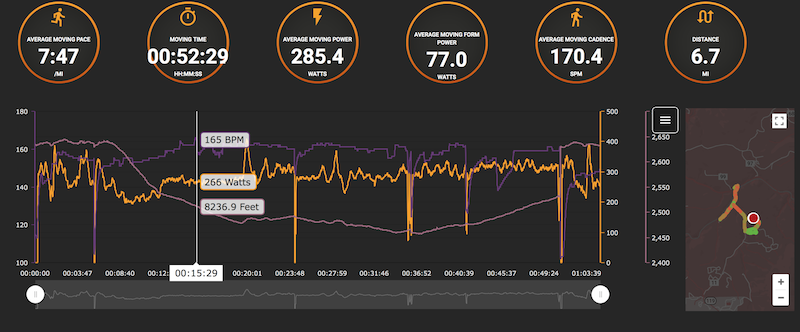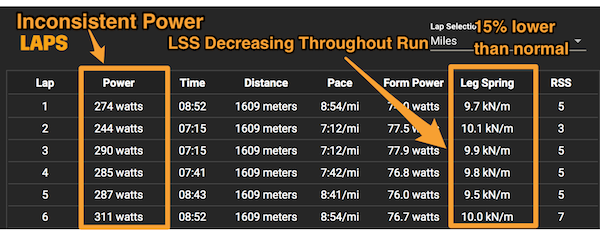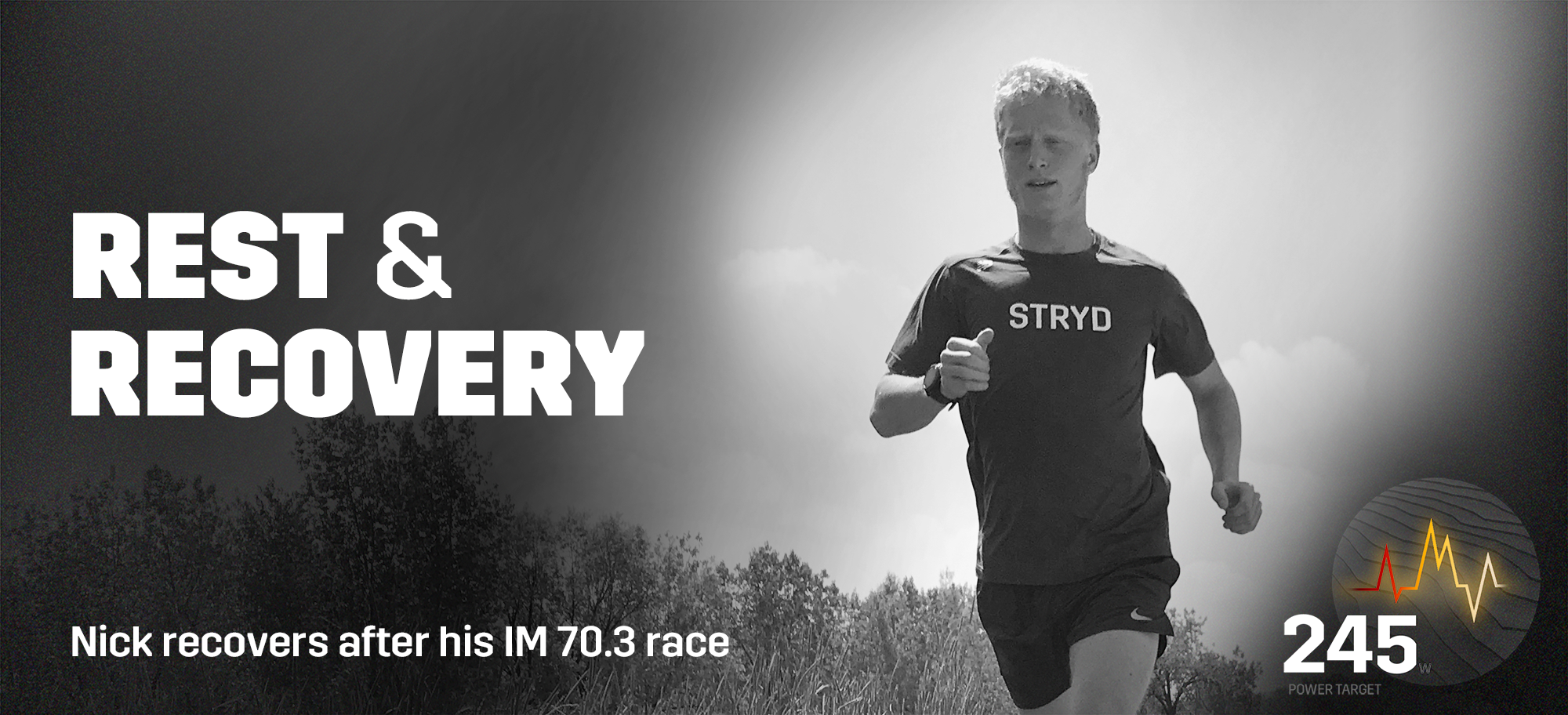Race Recovery: Using Stryd To Understand When To Return to Training

Returning to regular training too soon after a race is an all-too-common, avoidable mistake that can cost you weeks of decent training. Even worse, you could get sick or injured. Today, I want to show you a quick way you can use Stryd data and a few easy pointers to know when to return to training.
As some of you know, I recently completed my first Half-Ironman. I had the 2nd fastest run split of the day behind my friend and colleague, Matt (Stryd's coaching director). That race took a toll on me. I took three days off from all training, and proceeded to focus on low-impact activity (swimming, easy biking, and stretching) for another two days. By the time Friday rolled around, I figured I was good for a standard "easy-moderate" 50-60 min run, dozens of which I had done leading up to the race. I was wrong.
The run felt very sluggish, and after five miles, I felt completley exhausted. By looking at my data, you can clearly see my leg spring stiffness (my ability to recycle energy) decrease as the run goes on. It is, in fact supposed to go the opposite direction as you settle into a run and have more spring in your step. Additionally, I found it hard to settle into a rhythm throughout the run.

After the run, I quickly looked at some previous data on Stryd PowerCenter to see if I could confirm my suspician that I was not fully recovered from the race. I found that my overall power was significantly lower than previous runs of the same type, and my leg spring stiffness was a full 15% lower than in normal training. Recycling 15% less energy is immense, and confirmed that I needed more time to recover.

Here's the bottom line:
It's better to take an extra recovery day then prematurely jump back into hard training. If you take an extra recovery day, the worst thing that can happen is you feel even better during your first hard session back. If you don't, you could prolong your post-race recovery period by another week.
I learned my lesson. I may be young, but 1.2 miles of swimming, 56 miles of riding, and 13.1 miles of running, especially hard on hills, takes it out of you, and my body needed time to rest and rebuild. You can apply this knowledge to recovery from races of different distances in both pure running and triathlon.
As you know, it often takes longer to recover from significant endurance efforts (70.3/Ironman/Marathon/Ultra Marathon) than shorter more intense efforts (5k/sprint or olympic triathlon). Looking at your Stryd data can be a useful (& quick) tool to validate some of the uncertainty you may feel when you feel when you're getting back into it.
Have you figured out exactly how quick your body recovers? Email me and tell me how you figured it out.
Best,
Nick


